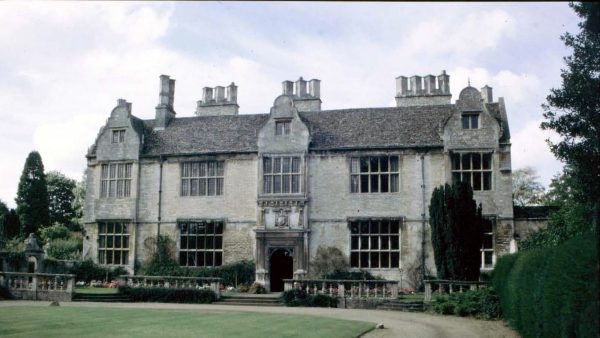Renaissance Hospitals and the English Civil Wars

Yarnton Manor, where royalist soldiers from Oxford were treated for infectious diseases, including the plague (photo copyright Eric Gruber von Arni).
Other larger hospitals which had been founded in medieval times, such as St Bartholomew’s and St Thomas’s Hospitals, also continued to operate during the English Civil Wars. During the Renaissance, these hospitals changed from being places where those who could no longer look after themselves were cared for to places where those with illnesses could be cured. Hospitals began to employ physicians, surgeons and apothecaries. Some hospitals specialised in treating certain patients. For example, ‘pesthouses’ were set up to look after those who suffered from the plague or pox.

Ely House (image copyright Eric Gruber von Arni).
During the Civil Wars, specialised military hospitals were founded. The royalists established hospitals outside their headquarters in Oxford at Yarnton (for treating soldiers with infectious diseases) and at Sunningwell (for treating soldiers who were wounded). The parliamentarians opened two military hospitals in London called the Savoy and Ely House. These hospitals employed physicians, surgeons and apothecaries who had experience of treating war wounds. They also employed the widows of soldiers as nurses because they would be experienced in caring for military patients. The hospitals were clean and sanitary places. Clothes, sheets and towels were all washed regularly. The Savoy had its own herb garden where medicinal plants were grown. Unfortunately, the military hospitals were closed after the Civil War was over.
